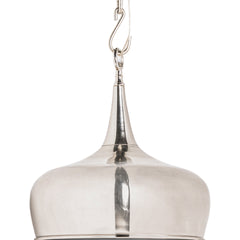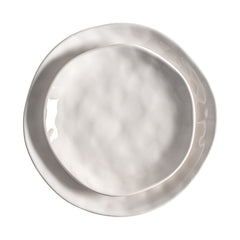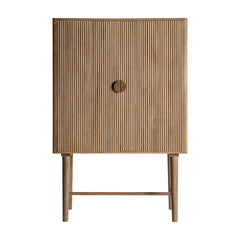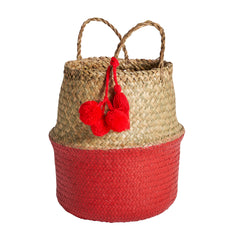The Nordic First of May: A Toast to Spring, Struggle, and Student Caps
In the crisp light of early May, something curious happens across the Nordic countries. Parks fill with picnickers clinking glasses of sparkling wine, brass bands echo through the streets, and students in white caps walk in slow parades of laughter and nostalgia. It is Vappu in Finland, Första maj in Sweden, and simply May Day elsewhere—Labor Day, spring festival, protest march, and nationwide picnic, all folded into one.
At first glance, the First of May in the Nordics appears to be a friendly cross between a political rally and a neighborhood block party. But beneath the surface lies a celebration with unexpected contradictions: one that’s both boisterous and orderly, secular and sacred, deeply political yet exuberantly silly.
Caps, Champagne, and Class Consciousness
Let’s start with the white caps. In Finland and Sweden, graduates from high school receive a traditional student cap—a flat white sailor-like hat—that becomes an annual badge of honor. On May 1st, people wear it regardless of how many decades have passed since graduation. For one day, senior bankers and retired teachers alike become students again. In Finland, it’s customary to “cap” statues with these hats, most famously the Havis Amanda fountain in Helsinki, which draws thousands for the spectacle. The ritual has its own choreography, timed to the exact second.
In the same parks, champagne flows as freely as working-class anthems. What began as a day of international workers’ solidarity in the late 19th century remains a political holiday. Trade unions still organize marches through city centers, and speeches by politicians are a fixture of the day. But in places like Sweden and Norway, where the labor movement is more embedded in the fabric of society, the day has softened into something both ceremonial and celebratory. It's less about revolution and more about respect.
The Student's Spring Carnival
In Finland, Vappu belongs just as much to students as it does to workers. University towns erupt into full-on carnivals. Engineering students in bright overalls color-coded by faculty spill into the streets, often wearing patch-covered jumpsuits that have never once seen the inside of a washing machine. Parties begin on April 30th and can stretch well into the second day of May, fueled by homemade sima (a mead-like drink), sugary tippaleipä (funnel cake), and the last remnants of winter defiance.
This dual ownership of the holiday—by both the working class and the student class—feels like a particularly Nordic compromise. Solidarity, yes, but also silliness. May Day is one of the few times these societies permit themselves to be visibly, publicly unserious. It’s socialism with sequins.
Hidden Histories and Local Oddities
Here are a few things you might not know. In Denmark, while May Day is still observed with union parades and red flags, it's also a chance for Copenhageners to gather in Fælledparken with live music, picnics, and—more recently—craft beer and Instagram filters. There’s an ongoing cultural debate between the traditional left and the latte left, but for the most part, everyone seems happy to share the space.
In Iceland, the First of May is a public holiday and a day of protest—though you’re just as likely to encounter a poetry reading or folk concert as a rally. Given the country’s turbulent labor history, especially following the 2008 crash, the political undertone still hums softly beneath the surface.
And in Norway? While the day is marked with flags and formalities, many Norwegians are already mentally shifting toward May 17th—Constitution Day—their real moment of national revelry. For them, May 1st is the warm-up act, a polite clinking of glasses before the brass band really starts to play.
The Polished and the Playful
Unlike the fiery May Days of southern Europe or the restrained bank holidays of the UK, the Nordic version is a blend of polished tradition and playful chaos. A society known for moderation gives itself one day to let loose—while still sorting recycling bins at the park.
So if you ever find yourself in Helsinki or Stockholm on May 1st, don’t be surprised to see someone in a tuxedo and student cap doing the polka next to a punk band blaring anti-capitalist lyrics. Grab a sima, put on a white hat (even if it’s not yours), and toast to the weird and wonderful contradictions of a Nordic spring.
0 comments













